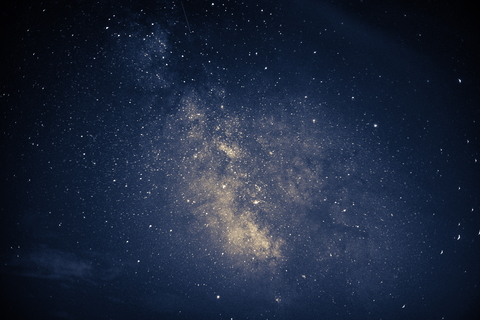Overview
Galactic Archaeology aims to understand the formation history of the Milky Way (MW). Observations from large spectroscopic and photometric surveys over the last decade have revolutionized this field. However, with numerous missions providing high-quality spectra and photometric time series for billions of stars, it has become increasingly difficult to interpret multidimensional data. One way to address the challenge of large data ensembles is to convey multidimensional information in a more compact way. This can be done by constructing a set of key summary statistics such as age and birth radius. In my talk, I will talk about how I use photometric and abundance data to obtain ages with gyrochronology and birth radii using a newly developed empirical method based on cosmological simulations. These two physical quantities of stars, along with stellar abundances and kinematic measurements provide a "Galactic timetable" that marks the locations and times of occurrence of different events including mergers and enhancements in the star formation rate, which can also potentially shape exoplanet demographics.
